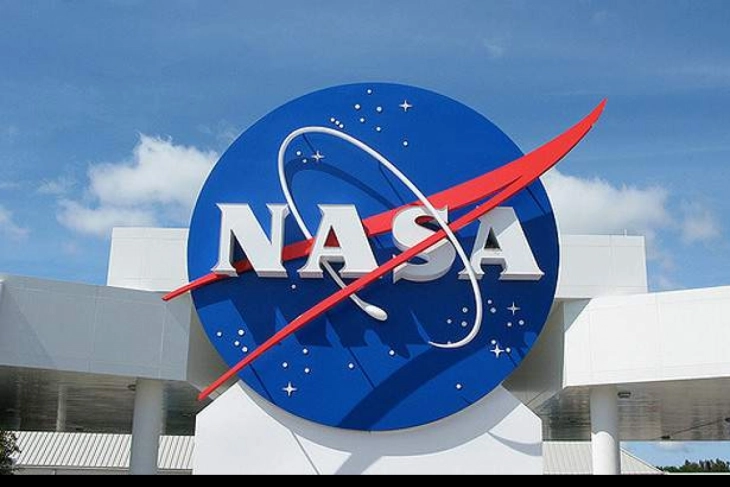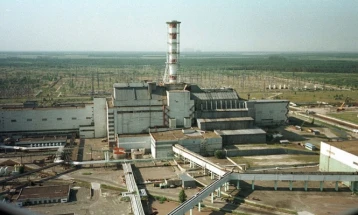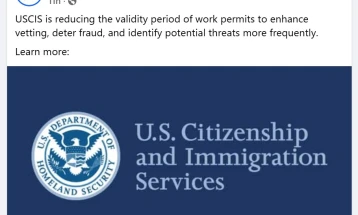NASA astronauts stranded in space until 2025 amid Starliner issues
- Technical problems with the Starliner spacecraft mean that two astronauts from the US space agency NASA currently aboard the International Space Station (ISS) will not return to Earth until February 2025, NASA told a press conference on Saturday.

New York, 25 February 2024 (dpa/MIA) - Technical problems with the Starliner spacecraft mean that two astronauts from the US space agency NASA currently aboard the International Space Station (ISS) will not return to Earth until February 2025, NASA told a press conference on Saturday.
The two astronauts, Barry Wilmore and Sunita Williams, are also due to return in a different spacecraft, the Crew Dragon from SpaceX, not the Starliner, NASA said.
The two have been on the ISS since June, although they were only supposed to stay one week.
This decision was made for safety reasons, said NASA boss Bill Nelson.
The step means the launch of Crew 9 with the Crew Dragon, currently scheduled for September, would then be carried out with only two astronauts instead of four.
Williams and Wilmore are to become part of this crew and return to Earth with their two colleagues in 2025 and the crisis-ridden Starliner would fly back to Earth without a crew.
Williams and Wilmore arrived at the ISS at the beginning of June on the first manned test flight of the Starliner.
Their mission on the ISS was originally planned for a week, but numerous technical problems emerged on the Starliner.
NASA spent some time mulling whether to bring the two astronauts back to Earth with the Starliner anyway or - months later - with the Crew Dragon.
The Boeing-produced Starliner is a partially reusable spacecraft that consists of a capsule around 3 metres high for the crew and a service module.
Unlike the Crew Dragon vehicle built by Elon Musk's SpaceX company, the Starliner does not land on water but on dry land.
The landing feature is similar to NASA's former workhorse spacecraft, the Space Shuttle, the last of which was retired in 2011.
Photo: EPA







